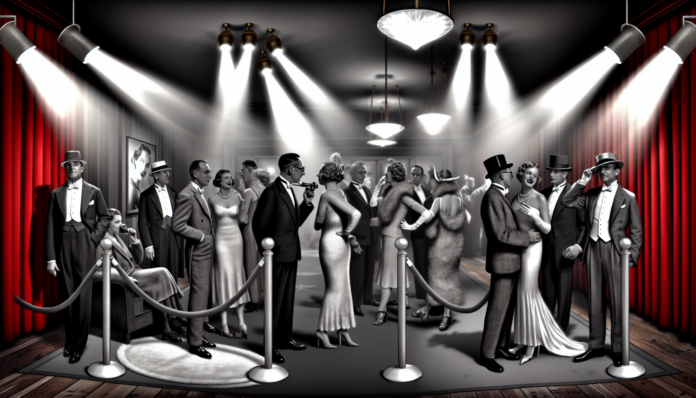Introduction
Hollywood has long been a stage for both romantic dreams and scandalous realities. One of the most tantalizing chapters of this narrative unfolded in the late 1990s, involving the then-reigning queen of pop, Britney Spears, and her steamy relationship with Justin Timberlake. This scandal captivated millions, puncturing the bubble of celebrity innocence and intertwining sexuality, privacy, and media frenzy.
At the time, the late ’90s and early 2000s were characterized by a culture of celebrity obsession, where young stars were idolized but also scrutinized for their personal lives. While the music scene was booming with the rise of pop culture icons, societal norms largely dictated that explicit discussions about sex were taboo. Judgement, especially from veteran media outlets, was sharp, and morality was often dictated by stifling conservatism, making this scandal a perfect storm.
The Scandal
The timeline of Britney Spears and Justin Timberlake was one of passion and eventual heartbreak. Their intense romance, which lasted from 1999 to 2002, reached a critical point when, following their breakup, Spears was thrust into the intense glare of media scrutiny. Rumors swirled when pictures and innuendos began appearing in tabloids, insinuating that Spears had not only been romantically involved with Timberlake but had also engaged in a variety of sexual escapades.
The scandal hit its peak when Timberlake released the song “Cry Me a River,” accompanied by a music video that many interpreted as a thinly-veiled accusation of infidelity. The video depicted a distraught man spying on his ex, showcasing a female character who bore a striking resemblance to Spears. With lyrics that hinted at betrayal, it ignited a media firestorm.
Quotes from the era reveal the public’s distinct divides in reactions. For example, Timberlake’s portrayal of himself as the wronged party was lauded by some fans. Rolling Stone magazine at the time remarked, “Timberlake’s pain is palpable, making him instantly relatable.” In contrast, Spears found herself painted as the villain; a New York Times article quoted a publicist stating, “Women with Britney’s past often suffer more scrutiny than their male counterparts.”
Moral and Cultural Analysis
Public reception of the scandal was complex. On one hand, it provided gossip fodder for tabloids, but on the other, it sparked conversations about gender dynamics, media ethics, and the intense scrutiny faced by young female stars. Spears faced significant backlash, from personal judgment about her sexuality to career implications—many questioned her ability to maintain her role as a role model.
Consequences were severe: Spears’ public image deteriorated as media scrutiny intensified, plunging her into a vortex of mental health issues and personal crises. Meanwhile, Timberlake’s popularity soared, his narrative painting him as a loving, yet betrayed ex-boyfriend, feeding into the “nice guy” trope prevalent in pop culture.
Had the scandal occurred today, the landscape would be incredibly different. Contemporary audiences increasingly advocate for mental health awareness and privacy rights, particularly concerning the personal lives of public figures. Cancel culture and demands for accountability would likely lead to Timberlake facing criticism for capitalizing on their breakup.
The stigma surrounding female sexuality would also be lessened; Spears might instead be praised for her agency rather than vilified for her romantic choices. This saga remains a critical lens for understanding how pop culture relates to wider societal attitudes on gender, privacy, and power dynamics—highlighting just how far our perspectives have evolved since the turn of the millennium.

